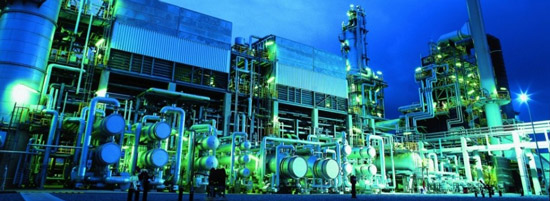
17 Dic How can water supply and wastewater treatment plants be pooled to form a virtual power station?

How can water supply and wastewater treatment plants be pooled to form a virtual power station?
Flexibly balancing supply and demand within the electricity grid is a daily challenge. In future, fluctuating generation from wind energy and photovoltaic systems will make this task even more difficult. The solution: Increased flexibility thanks to load transfer. Thanks to the pooling of systems in a control energy pool, they can be controlled in the sense of a virtual power station.
In cooperation with Ryser Ingenieure AG and Infrawatt, the association for energy utilization from wastewater, waste material, exhaust heat and drinking water, Alpiq has developed a project that has the aim of allowing the electricity loads of water supply systems and wastewater treatment systems to be pooled in a control energy pool. Without compromising the functionality of the individual systems, these loads can then be made available to swissgrid (Switzerland’s national grid operator) in the form of a balancing load.
The Swiss Federal Office of Energy supported this project, which was launched in the spring of 2014, and declared it a national flagship project. The project partners are examining in practice how the balancing loads of between five and ten water supply and wastewater treatment plants can be pooled together.
Alpiq’s tasks include, for example, the development of new control strategies that are optimised for the operation of water pumps and biogas-powered unit heating power stations. In order to achieve this, Alpiq will use the load management system from Xamax and control it centrally within the „poweralliance pool“ in the sense of a virtual power station. A previous study performed by Infrawatt has demonstrated that there is a vast potential for negative and positive control loads in Switzerland. The practice-oriented project is planned to be completed at the beginning of 2016.

